One hobby in Japan — a collection which you’ll only be able increase in the Japanese territory – is the commemorative stamp collection. These are basically rubber stamps, with various designs depending on the place that you are.
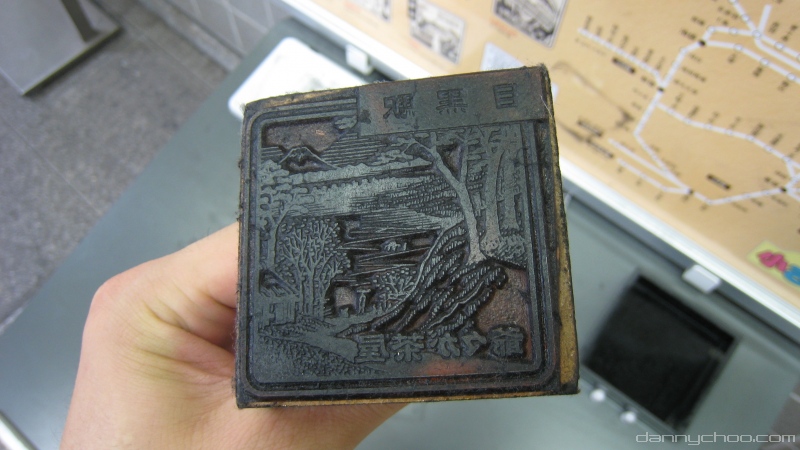
Where Did the Use of Stamps Originate?
To be honest, I don’t know where the stamp tradition comes from. The hobby probably has it’s heritage within the Far East; where every person, family, region and dignitary had its own stamp specifically designed with their names in order to validate their documents. Nowadays, legally speaking, you still need a similar stamp in Japan in order to do certain transactions. Just by stamping your name on documents, you’ll make them legal enough for presentation.
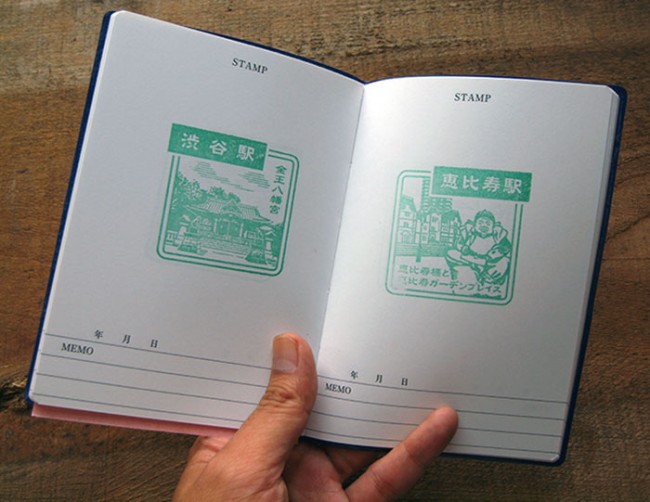
From train stations, post offices or temples, the more stamps you have means the more places you’ve been. Children and adults alike feel proud of their collections since such stamps can be found throughout the country. For the foreign tourist, it’s always a fun new excuse to come back to Japan or go to a new city.
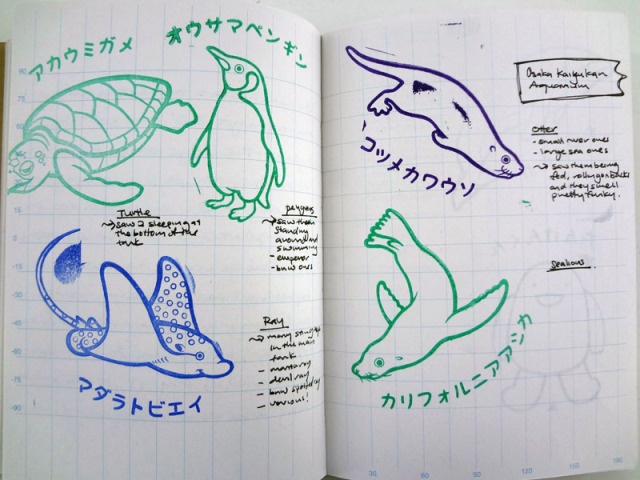
How to Begin Your Stamp Collection
First, I recommend you getting a small notebook (not more than 20 centimeters long) to be able to collect the stamp prints. A manageable size is fundamental because you never know when you’ll come across a place that you stamp your notebook with the place’s print. Since inks are very thick they take a few seconds to dry, so I’d opt for a notebook with sheets superior to 80 grams. Although recycled paper might look nice and ecologic, I’d avoid it since it doesn’t absorb ink proportionally; taking definition away from the final stamp. Finally, the notebook should be spiral bound instead of glued. This is so you can easily manipulate such notebooks without damage, as well as keep it open without effort.
Japanese Stations and Subway Lines: Where to Find New Stamps
The most visited locations day-by-day are definitely subways and urban trains. Most likely the JR and subways offer the possibility to increase your stamp collection in their stations. Usually, stamp stands are located close to the exits, next to the turnstiles where you deposit or swipe your ticket over. The tedious part is the fact that some of these stations have more than 8 different exits, so finding the stamps becomes harder. To find the stamps, I recommend you ask the staff around the turnstiles. Even if you haven’t mastered the language, if you show them your stamp book they’ll tell you the stamp’s location.
Another place where you usually can find stamps inside the station is the so-called Station Center. This is where the station chief and other administrative employees work; there’s the lost and found section and complaint book, among other things.
What are Japanese Stamps Used For?
As we’ve seen, this hobby is very rooted in society. Even certain konbini (convenience stores) give small pamphlets where you can collect stamps for every purchase you make instead of giving albums and stickers to collect with purchases for discounts. Sometimes the stamps have different themes depending on the neighborhood. Additionally, some stationary stores offer stamps with different themes. Some are more traditional while others are more popular and funny, but they always have that characteristic Japanese quality detail in their designs.
Stamps in Japan: Gotta Collect ’em All!
In almost every public tourist point such as parks, temples, or free-access towers there will be a stamp at the entrances. If you can’t find the stamps, you can ask a guard about their location. At museums, aquariums, botanical parks and historic monuments you’ll get up to two or three different stamps. They invite people to collect them and become partners with their institution because they constantly renew the stamps. In many airports, you’ll find different stamps in every terminal. You can increase your collection anywhere.
If you have collected every single stamp you’ve found but you still want to be in touch with this stamp hobby when you return overseas, you can custom order your own stamp with your name in Japanese. This usually takes one day, or even a few hours if you pay a little bit more!
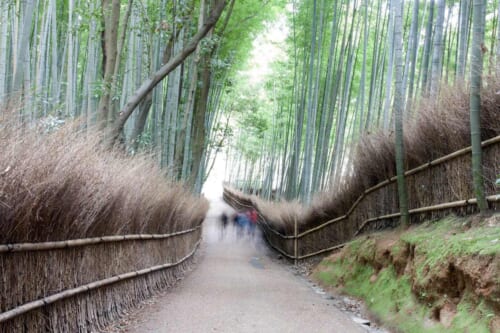

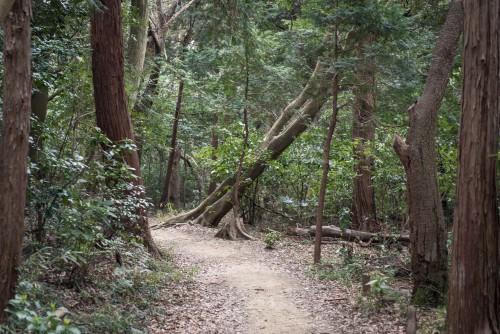
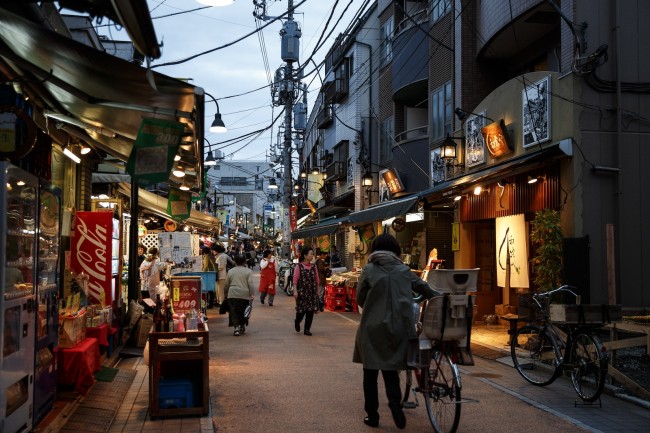



You can also find dedicated “Eki Stamp Book Japan” and as well as for “Station Stamp Book ” Taiwan now on Amazon.
Hi Samuel, thanks for the heads up! What a great way to collect those train stamps!